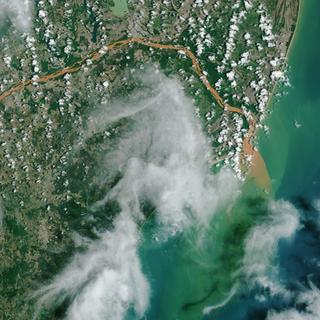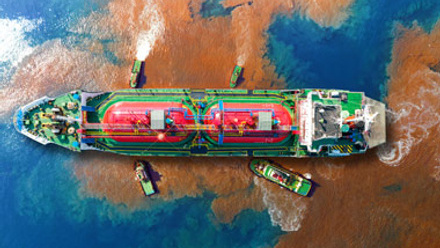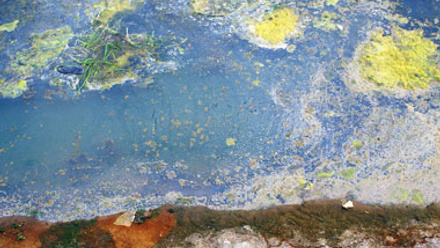Progress on Monitoring and Rehabilitation of the Rio Doce Catchment
Jen Lynch, SETAC; Ross Smith, Hydrobiology
A new special series, “Mariana / Rio Doce Environmental Recovery Symposium–Second Scientific Meeting: ‘Part I – Progress on Monitoring and Rehabilitation of the Rio Doce Catchment,’” published in Integrated Environmental Assessment and Management, explores the environmental impacts and the rehabilitation of the Fundão tailings dam rupture, which remains topical in Brazil and continues to be the subject of media coverage and high-profile legal proceedings. We invite you to review the synopses below and read the articles. They capture the lessons learned from a catastrophic event, the social and scientific response to it, a characterization of its impact, a review of the best repair strategies, and results of those recovery efforts.
Aquatic Ecosystems

Satellite image of the mouth of the Doce River in Linhares, Espírito Santo, where fine waste in suspension reached the southern Atlantic Ocean.
© NASA Earth Observatory image by Joshua Stevens, using Landsat data from the U.S. Geological Survey. Caption by Adam Voiland.
Michael Wild and co-authors compared the Rio Doce with unaffected tributaries to analyze water quality. The article notes that the pre-event data were not completely reliable, so traditional recovery assessment models were not the most suitable. The group incorporated data from the entire basin and addressed the challenges of limited pre-event data and seasonality and were therefore able to provide reliable estimates of water quality recovery durations. Complementing this work is that of Negin Kananizadeh and colleagues, who also site the same challenges with regards to historically accurate data. However, this group focused on short-term water quality impacts at the mouth of the river. These efforts can be applied to other river systems that have experienced similar events.
In another article, Guacira de Figueiredo Eufrasio Pauly and co-authors monitored the concentration of aluminum, arsenic, cadmium, copper, iron, manganese, lead, nickel and zinc in the soft tissue of the bivalve Corbicula fluminea – a burrowing benthic species in constant contact with sediment. Most elements decreased to ranges observed prior to the dam failure, although the concentrations of other elements were slightly increased.
Terrestrial Ecosystems
In the one article that focused on terrestrial ecosystems, Vander Melo and co-authors showed that soils did not tend to cause plant toxicity or contaminate cultivated agricultural products in regions where the tailings were deposited along riverbanks. However, the excess of iron reduced free ions and nutrients in the soil, so recovery across the basin required procedures to increase its fertility. Ultimately, the authors determined that even though there was some increased bioavailability of iron and manganese in affected floodplain soils, the presence of tailings on the floodplain did not mean that there was any potential for a contaminant “time bomb.”
Sediment Geochemistry
The remaining papers focus on the information on sediment quality and quantity in the Rio Doce catchment and coastal areas that has led to more detailed analyses of recovery and better restoration planning. Jacob Oehrig and colleagues relied on a multivariate analysis to statistically and chemically create a fingerprint of all related water quality parameters to help assess the recovery impacts, once the signature was established. Denis Abessa and co-authors applied a weight-of-evidence approach to provide a biogeochemical understanding of the metal bioavailability and toxicity risk of tailings-affected sediments.
Two other papers brought historical context to the research to better understand how the dam breach may have interacted with previous pollution to contribute to the environmental damage. Renata Cagnin and co-authors’ data suggest that though there was prior mining contamination of the Doce River basin, the Fundão episode was an empirical and massive example of the environmental damage caused by human activities over the centuries, showing that the impact remains in the shallow marine environments for years. Cesar da Silva and colleagues measured levels of polycyclic aromatic hydrocarbons (PAHs) in estuarine sediments in the Rio Doce that were presumably transported to the estuary and deposited with the tailings. The authors suggest that there was PAH remobilization by the mine tailings.
Author's contact: [email protected]



